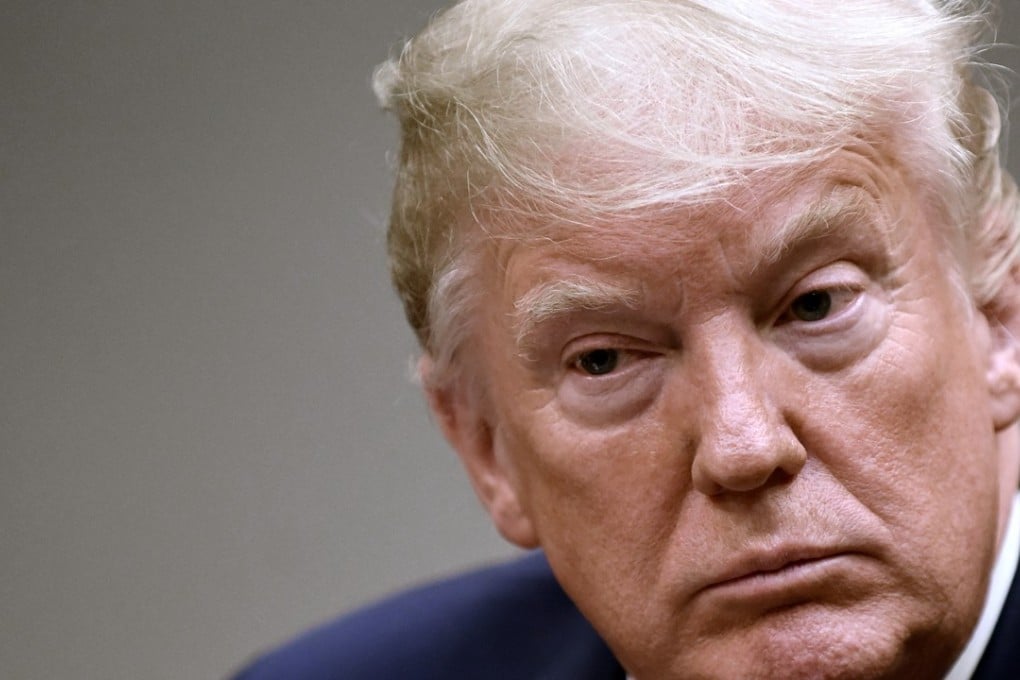Donald Trump wants new tariffs on US$200 billion in Chinese imports ‘as early as next week’
Companies and members of the public have until September 6 to submit comments on the proposed duties, which cover everything from selfie sticks to semiconductors

US President Donald Trump wants to move ahead with a plan to impose tariffs on US$200 billion in Chinese imports as soon as a public-comment period concludes next week, according to six people familiar with the matter.
Companies and members of the public have until September 6 to submit comments on the proposed duties, which cover everything from selfie sticks to semiconductors. The president plans to impose the tariffs once that deadline passes, according to the people familiar with the matter, who spoke on condition of anonymity because the discussions aren’t public.
Stocks fell on the news, with the S&P 500 testing the key 2,900 level.
Watch: are Chinese consumers less willing to buy American goods?
The offshore yuan dropped to the day’s low, while the dollar and the yen gained amid a flight to safety. The tariff news exacerbated already fragile market sentiment amid currency routs in Argentina and Turkey.
Some of the people cautioned that Trump has not made his final decision, and it’s possible the administration may enact the duties in instalments.
The US has so far imposed levies on US$50 billion in Chinese goods, with Beijing retaliating in kind.